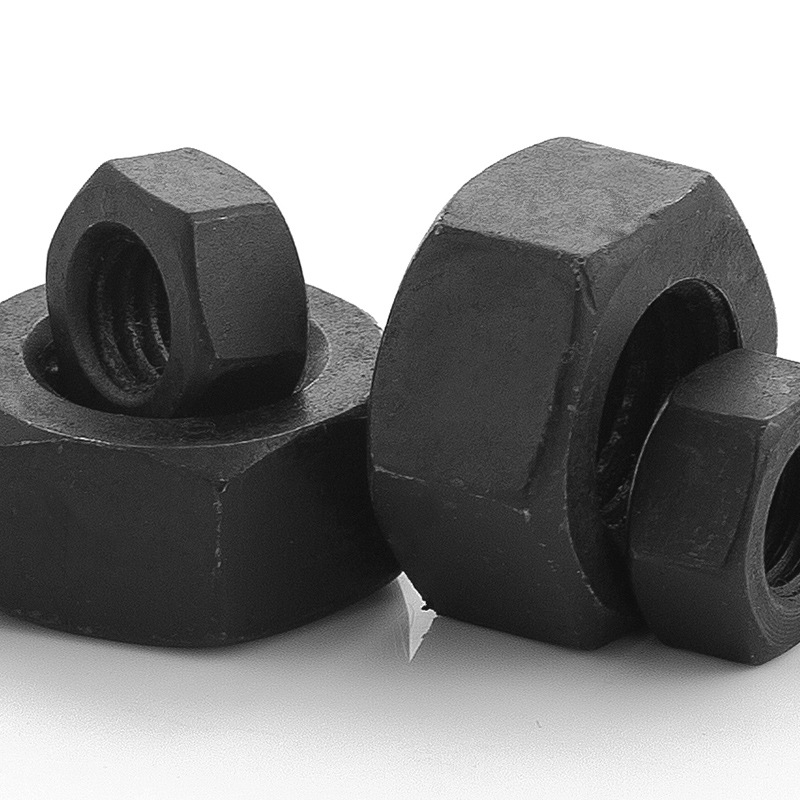

flat washer spring washer
Oct . 12, 2024 06:19 Back to list
flat washer spring washer
Understanding Flat Washers and Spring Washers
In the realm of mechanical engineering and manufacturing, fasteners play a critical role in assembling components for various applications. Among the numerous fastening devices available, flat washers and spring washers are essential for ensuring proper load distribution and securing connections. This article aims to explore the characteristics, applications, and distinctions between flat washers and spring washers.
What are Flat Washers?
Flat washers are thin, disc-shaped components typically made from materials like metal, plastic, or rubber. Their primary purpose is to provide an even surface for the nut or bolt head when tightening a fastener. This helps distribute the load across a wider area, preventing damage to the substrates and reducing the chance of the fastener sinking into the material. Flat washers also help to protect against vibrations and maintain the integrity of the connection over time. They are commonly used in various applications, from construction and machinery assembly to household items.
What are Spring Washers?
flat washer spring washer

Spring washers, on the other hand, are designed with the intention of providing a certain level of flexibility or tension in the fastening system. Typically made from spring steel, these washers come in various shapes, including split ring and wave configurations. The primary function of a spring washer is to absorb shock, reduce vibration, and maintain clamping force in dynamic applications where loosening may occur due to movement or stress. They are essential in automotive, aerospace, and heavy machinery industries where parts are subject to high levels of stress and fatigue.
Key Differences
The key differences between flat washers and spring washers lie in their design and functionality. Flat washers serve primarily to distribute load and protect surfaces, whereas spring washers are engineered to exert force that helps prevent loosening. While flat washers are more straightforward and can be identified by their uniform thickness, spring washers have a more complex design that allows them to compress and expand with applied force.
Conclusion
In conclusion, both flat washers and spring washers serve crucial roles in fastening technology, each with unique characteristics suited to different applications. Understanding these differences is essential for engineers and manufacturers to select the appropriate washer based on the specific demands of their projects. Whether it’s ensuring stability in a construction project or absorbing vibrations in machinery, these integral components help maintain the safety and functionality of countless devices and structures. Investing the time to understand these fasteners can lead to more reliable and enduring assemblies in any engineering endeavor.
Latest news
-
High-Strength Hot Dip Galvanized Bolts - Hebei Longze | Corrosion Resistance, Customization
NewsJul.30,2025
-
Hot Dip Galvanized Bolts-Hebei Longze|Corrosion Resistance&High Strength
NewsJul.30,2025
-
High-Strength Hot-Dip Galvanized Bolts-Hebei Longze|Corrosion Resistance&High Strength
NewsJul.30,2025
-
Hot Dip Galvanized Bolts-Hebei Longze|Corrosion Resistance&High Strength
NewsJul.30,2025
-
Hot Dip Galvanized Bolts - Hebei Longze | Corrosion Resistance, High Strength
NewsJul.30,2025
-
High-Strength Hot Dip Galvanized Bolts-Hebei Longze|Corrosion Resistance, Grade 8.8
NewsJul.30,2025

